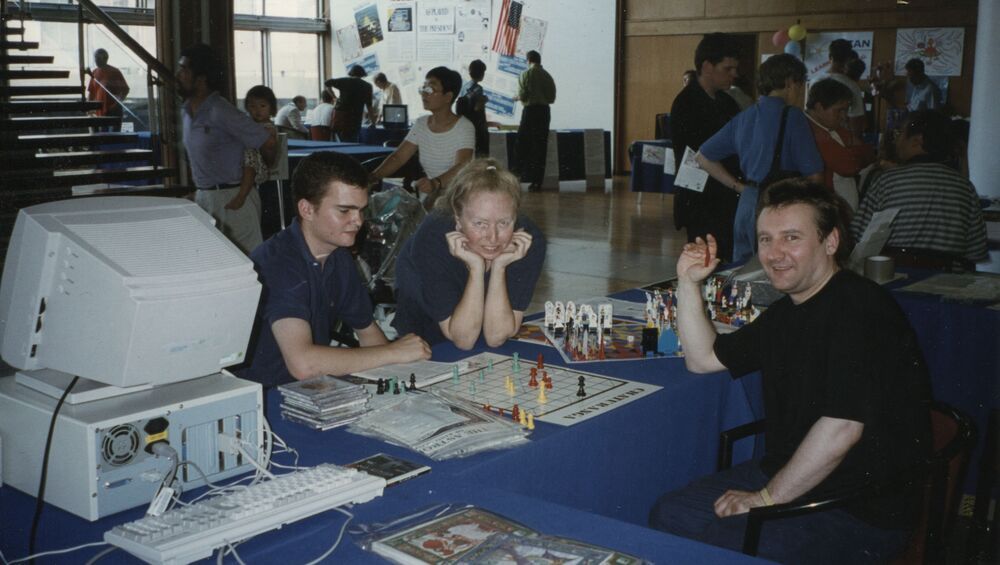Join us for Dr. Matt Kaeberlein’s presentation. He is the Founding Director of the UW Healthy Aging and Longevity Research Institute, and founder and co-Director of the Dog Aging Project and a Professor of Laboratory Medicine and Pathology at the University of Washington (UW) School of Medicine, with Adjunct appointments in Genome Sciences and Oral Health Sciences. Dr. Kaeberlein’s research interests are focused on biological mechanisms of aging in order to facilitate translational interventions that promote healthspan and improve quality of life.
“Our task is to make nature, the blind force of nature, into an instrument of universal resuscitation and to become a union of immortal beings.“
- Nikolai F. Fedorov.
We hold faith in the technologies & discoveries of humanity to END AGING and Defeat involuntary Death within our lifetime.
Working to Save Lives with Age Reversal Education.
========== Perpetual Life Creed ==========
We believe that all of life is sacred and that we have been given this one life to make unlimited. We believe in our Creator’s divine plan for all of humanity to have infinite lifespans in perfect health and eternal joy, rendering death to be optional.



